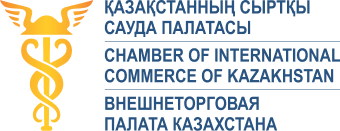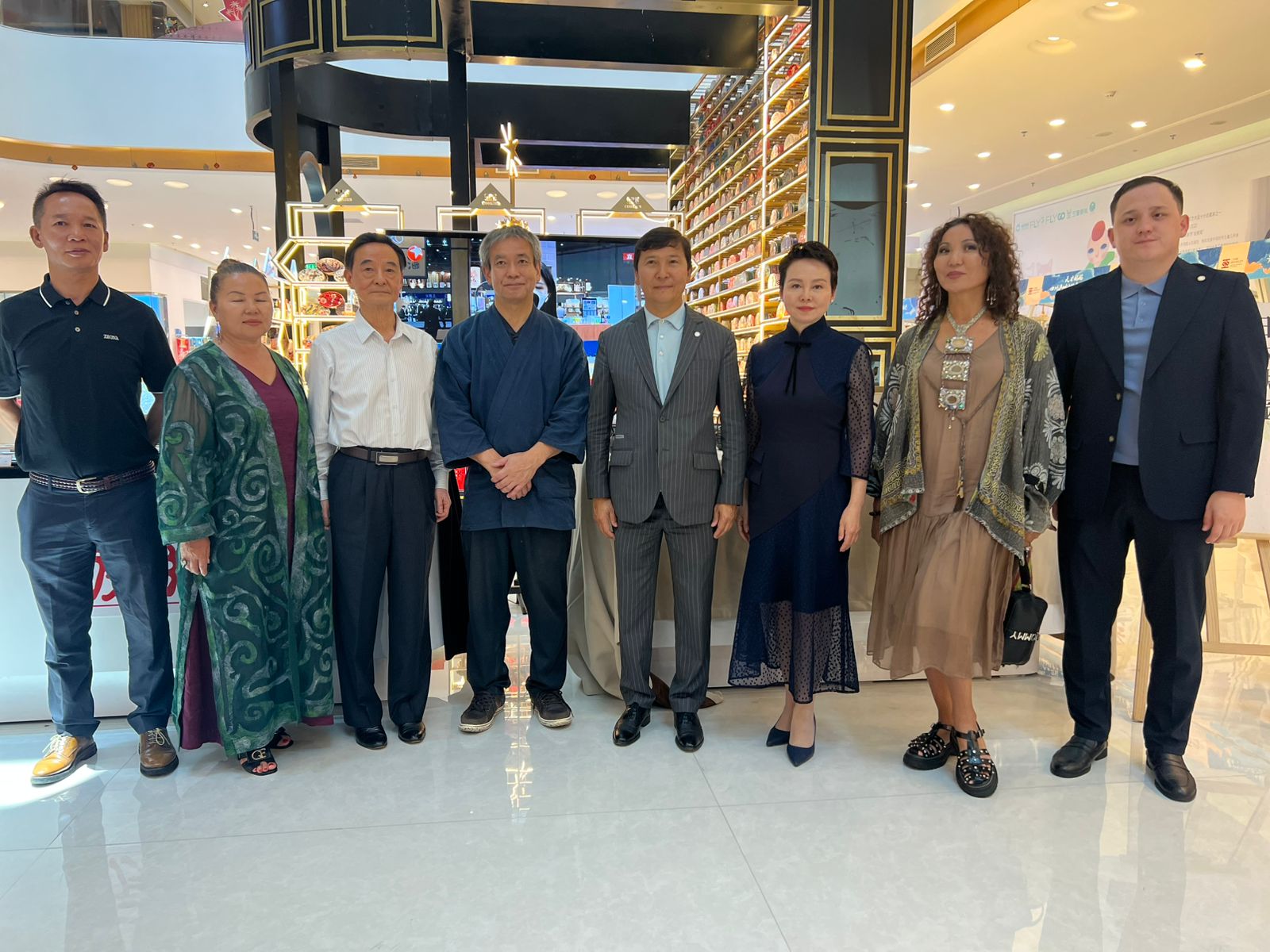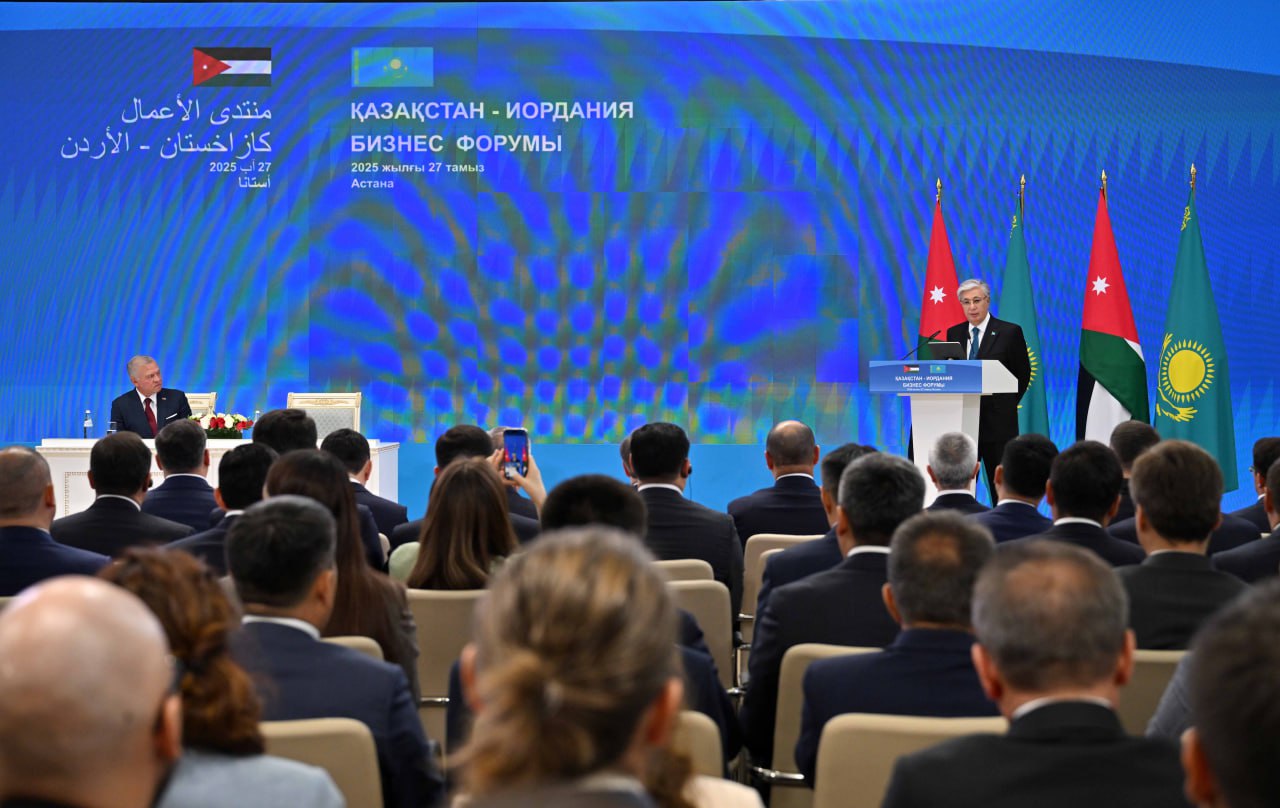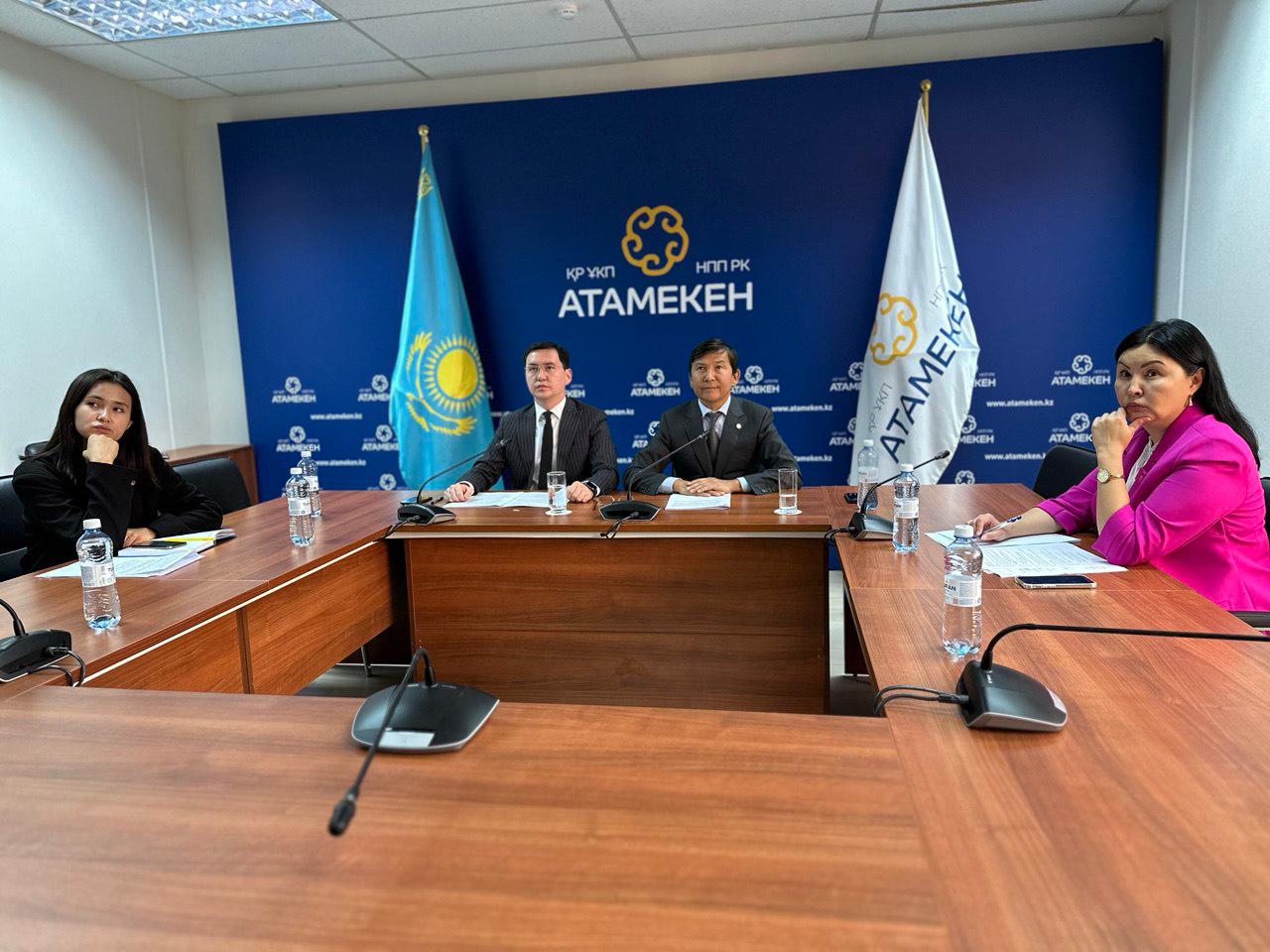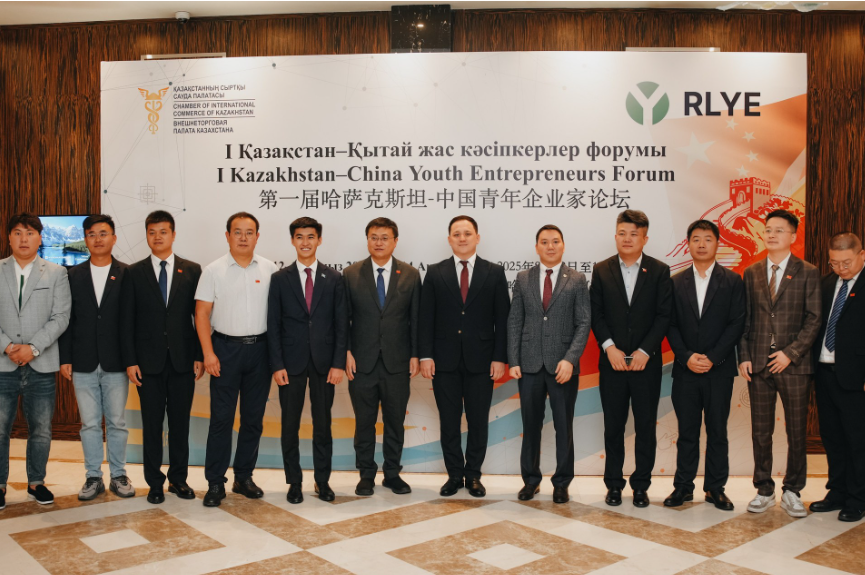

Energy through the eyes of children: A meeting with young journalists from China held in Astana
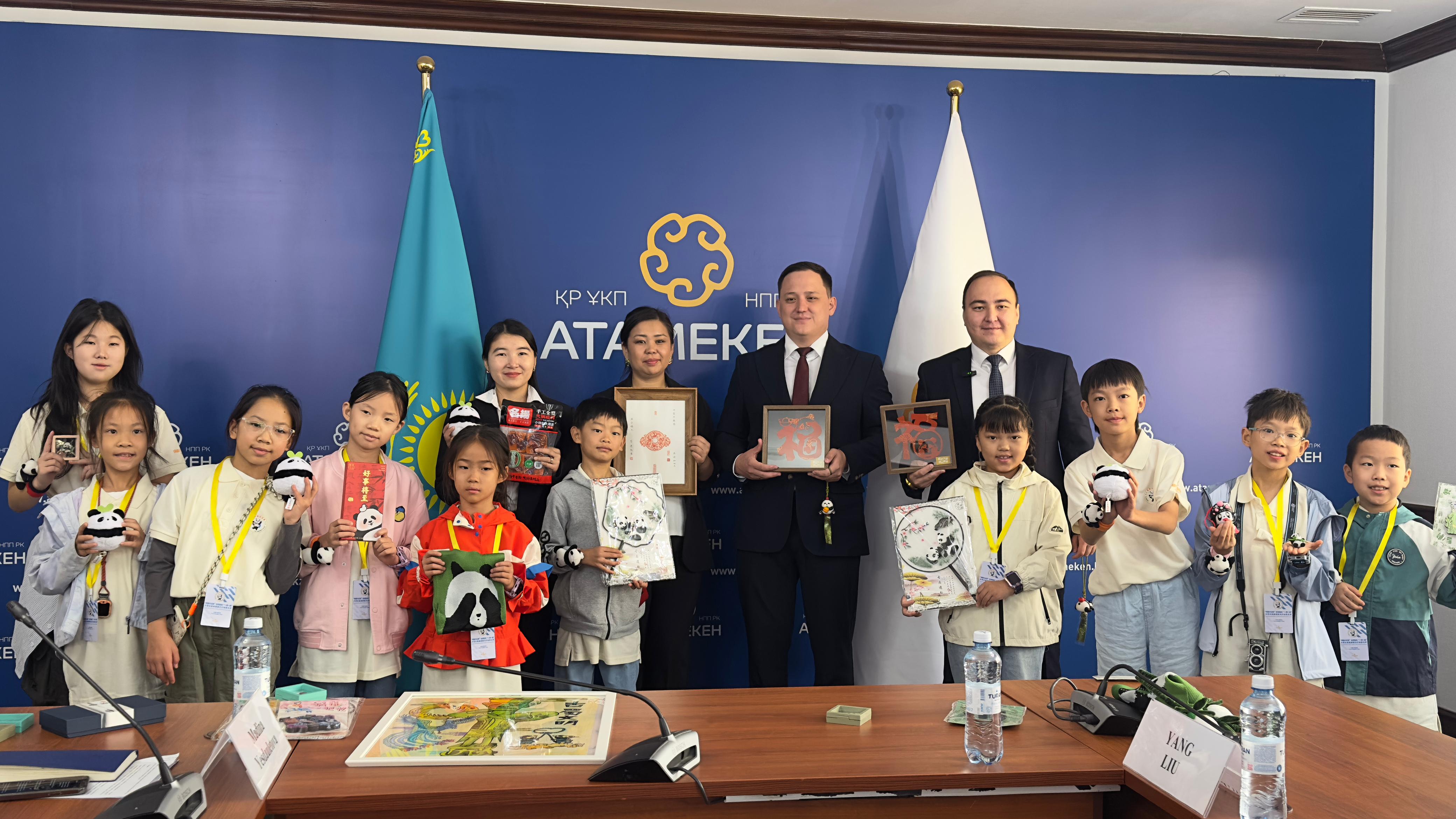
On August 4, 2025, an extraordinary meeting took place in Astana between representatives of the National Chamber of Entrepreneurs “Atameken” and the Chamber of International Commerce of Kazakhstan, and participants of the international project “Kid Panda Reporter” from Chengdu Radio and Television (PRC).
The main participants were young reporters from China — schoolchildren aged 7 to 13 — who visited Kazakhstan for the first time as part of the "Zhang Qian" youth delegation. The visit aimed to promote friendly exchange between the younger generations of the two countries and to explore the topic of energy cooperation within the framework of the “Belt and Road” initiative.
The Kazakh side was represented by Baurzhan Zhaksylykov, Deputy Director of the Oil and Gas Sector Department of NCE “Atameken”, and Alisher Darkembayev, Deputy Director of the Commercial Activities Department of the Chamber of International Commerce of Kazakhstan.
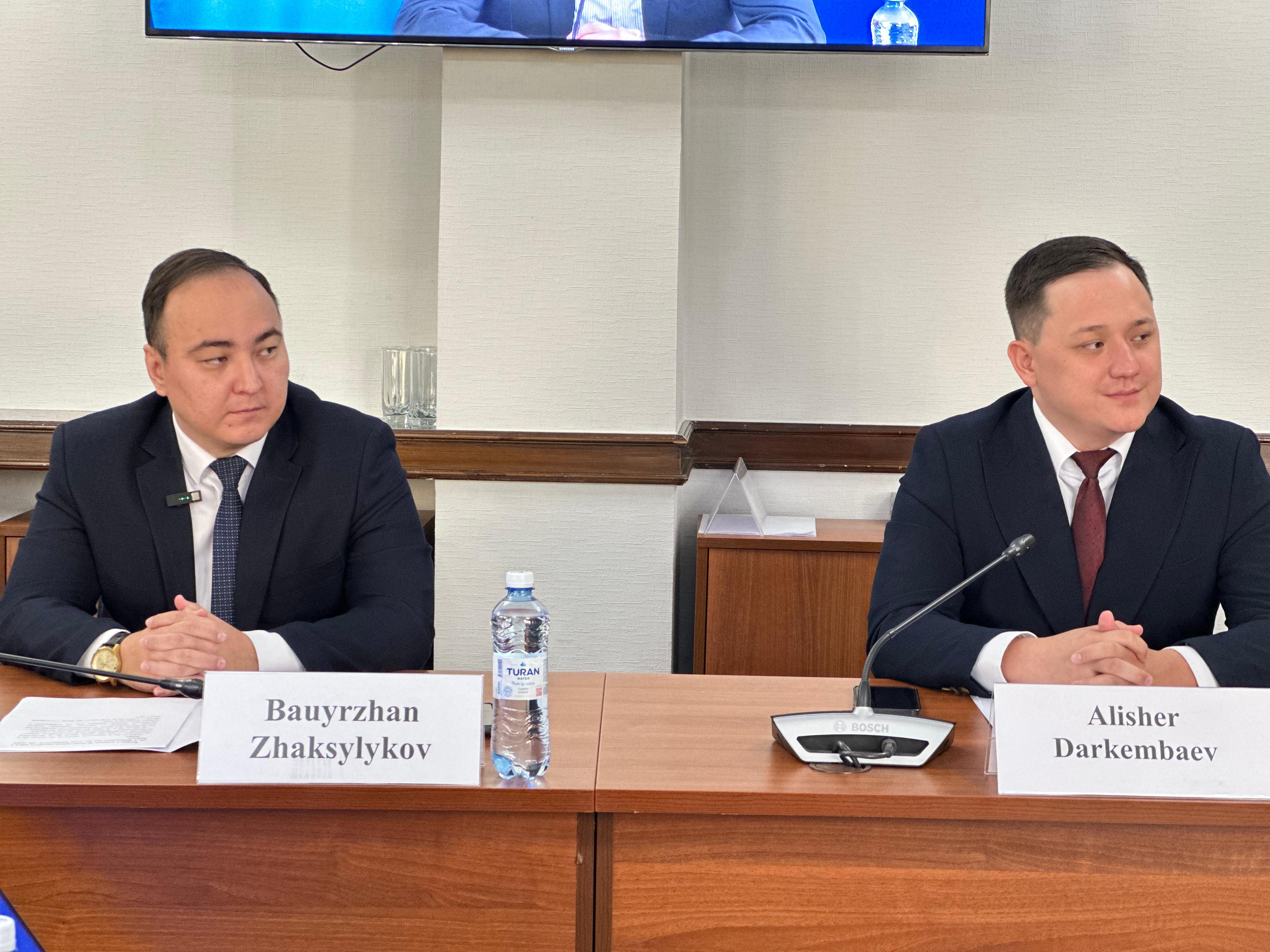
Opening the meeting, Alisher Darkembayev warmly welcomed the young delegation on behalf of the Chamber of International Commerce of Kazakhstan, expressing gratitude for their interest in the country and its economic potential. He wished the participants a meaningful and fruitful visit, encouraging them to gain new knowledge and lasting impressions.
The young guests came well-prepared with a series of thoughtful and curious questions.
“At what depth are oil and gas found in Kazakhstan?”
Baurzhan Zhaksylykov explained that deposits lie as deep as 6 kilometers, especially in the western part of the country. To locate them, Kazakhstan uses 3D seismic surveys, satellite imaging, and geophysical analysis to create accurate underground maps.
“How is oil turned into gasoline, and how is it delivered to China?”
He explained that oil is refined at specialized plants, where it is separated into components like gasoline, diesel, and mazut. Kazakhstan exports crude oil, not finished fuel, to China via the Kazakhstan–China pipeline, where it is then refined locally and used throughout the country — from tractors to city buses.
“Why is the China–Central Asia gas pipeline called an energy artery?”
“Because it’s not just a pipeline — it’s an artery of trust between nations,” the speaker said. Gas travels from Turkmenistan through Kazakhstan into China, providing light and heat to millions. For Kazakhstan, it brings investments, technology, and jobs; for China, it ensures a stable and reliable energy source.
“What joint projects are planned for the future?”
Plans were shared about a potential modernization of the Shymkent oil refinery to produce high-quality fuel, and the construction of a second branch of the Bozoi–Shymkent gas pipeline to increase gas supply to southern Kazakhstan and exports to China.
The meeting was held in a warm and lively atmosphere — the children were actively engaged, showing genuine interest in how energy works and how both countries collaborate for a shared future.
The event was organized by the Chamber of International Commerce of Kazakhstan and became another step in strengthening people-to-people diplomacy between Kazakhstan and China — through questions, sincerity, and the genuine curiosity of the next generation.
Background: Chengdu Radio and Television Station is one of the most influential media outlets in western China, reaching over 30 million viewers with informational, cultural, and educational content across major regions of the country.
